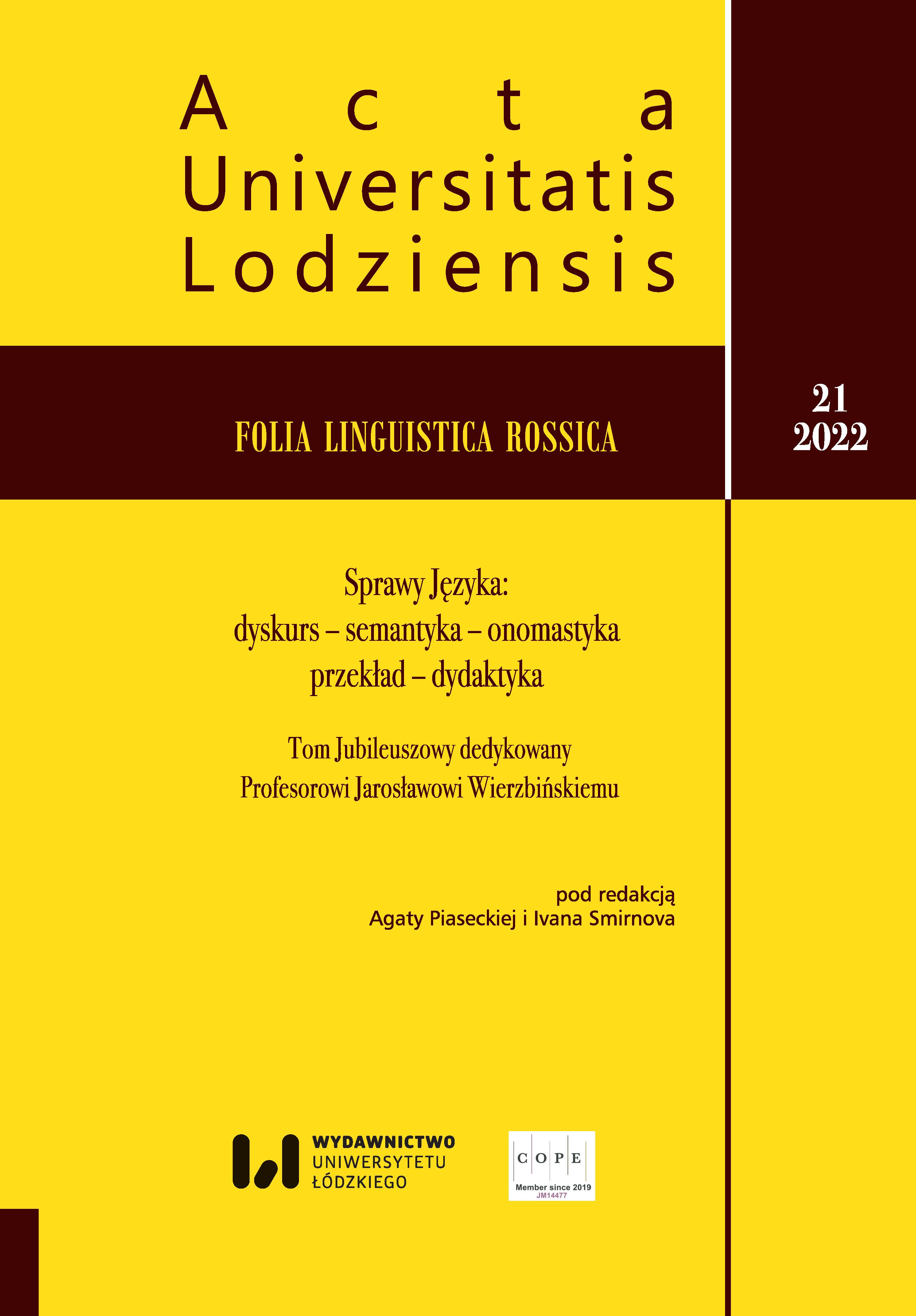Метафорика и интертекстуальность: ещe раз об изоморфизме и функционировании (на материале русской и белорусской поэзии)
Metaphorics and Intertextuality: Once Again about Isomorphism and Functioning (Based on Russian and Belarusian Poetry)
Author(s): Sergei KurashSubject(s): Studies of Literature, Belarussian Literature, Russian Literature
Published by: Wydawnictwo Uniwersytetu Łódzkiego
Keywords: intertext; intertextuality; metaphor; poetic text
Summary/Abstract: The purpose of the study is to characterize the isomorphism of metaphorics and intertextuality and to identify concrete linguistic forms of intertextual metaphors, represented in the language of Russian and Belarusian poetry, mainly of the 20th century. Based on the works of domestic and foreign scientists, the problem of intertextual and intercultural poetic interaction is investigated. The isomorphism of metaphorics and intertextuality leads to the closest union of these two phenomena; metaphors dialogizing in poetic speech undergo certain structural and semantic changes both within the language of one national literature and in the interaction of different national literary and poetic traditions.The research methods are structural-functional, component, contextual and oppositional analysis.The results of the study. The effect of the tropeic mechanism beyond the source text is revealed. Various methods of linguistic realization of intertext dialogue in Russian and Belarusian poetry at the level of the trope (continuation, branching of the metaphorical image, its denial, etc.) are identified and systematized.Conclusions, research prospects. The conclusion highlights the unity of the literary and cultural continuum, within which both traditional and unique, individually authored metaphorical tropes of Russian and Belarusian poets are dialogized. The active interaction of metaphorics and intertextuality is largely explained by their isomorphism. The proposed approach can serve as a working model for the study of other elements of the figurative structure of a poetic text as figurants of an intertext dialogue.
Journal: Acta Universitatis Lodziensis. Folia Linguistica Rossica
- Issue Year: 2022
- Issue No: 21
- Page Range: 81-94
- Page Count: 14
- Language: Russian

